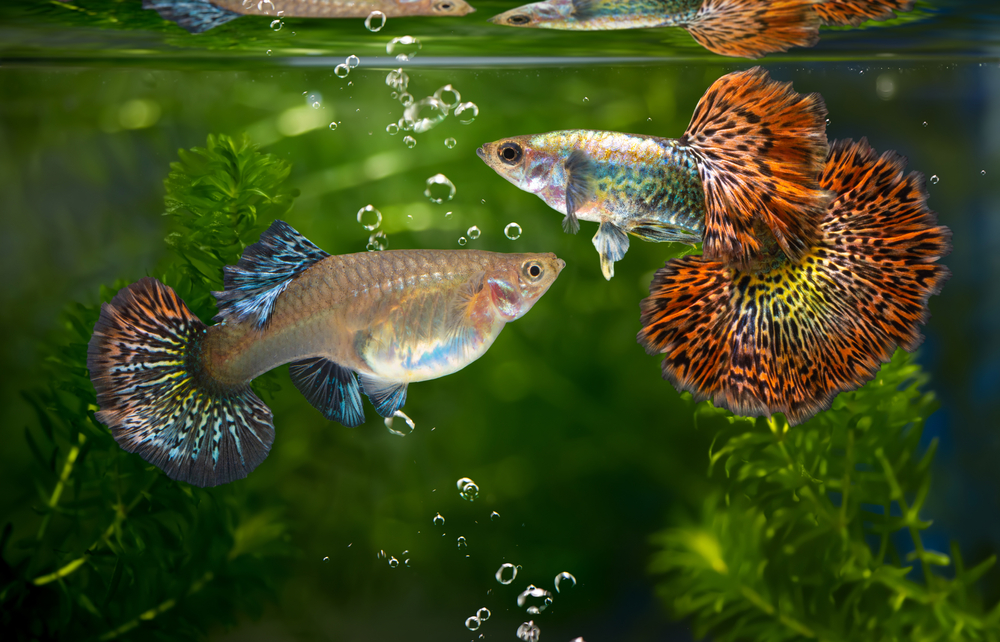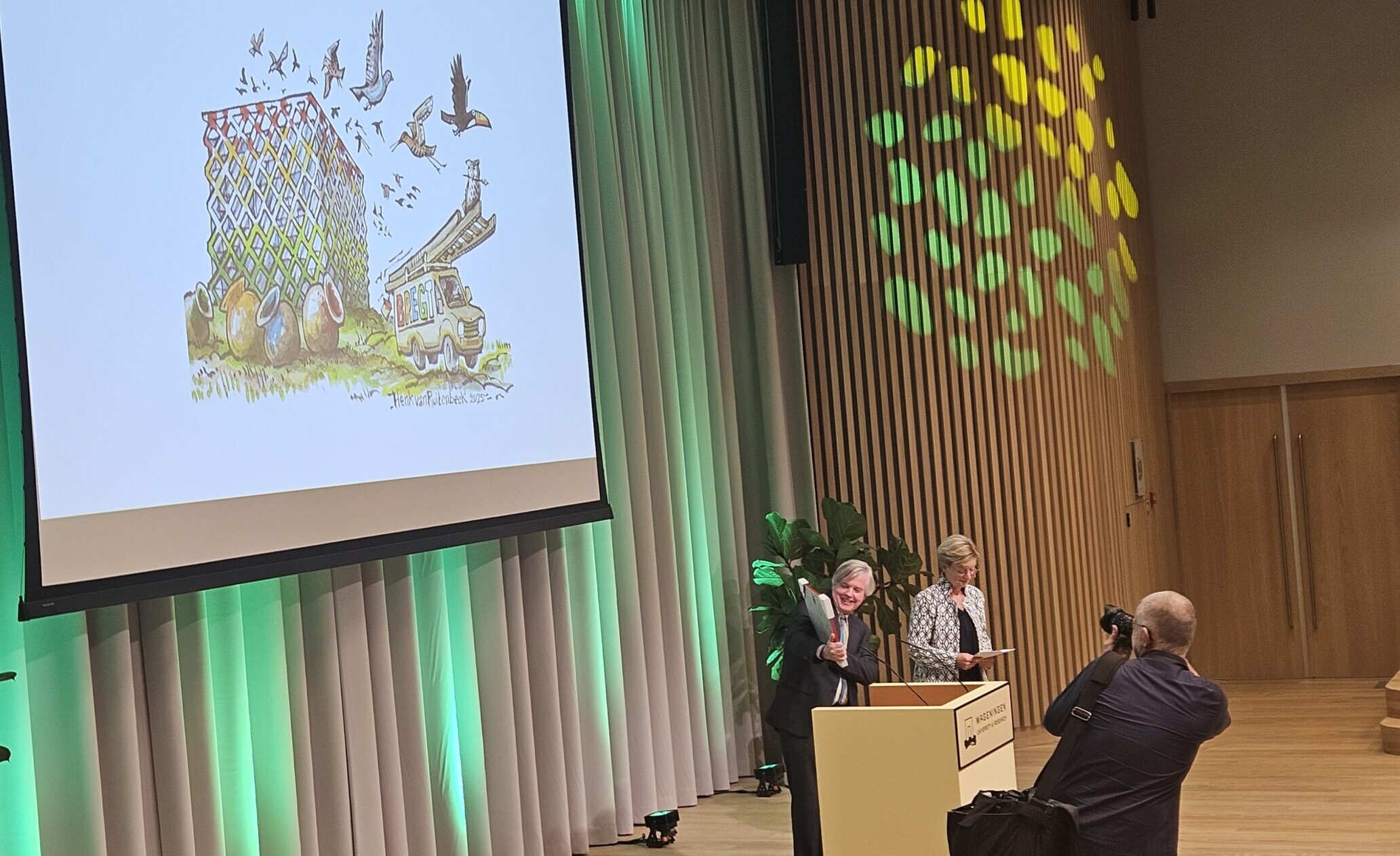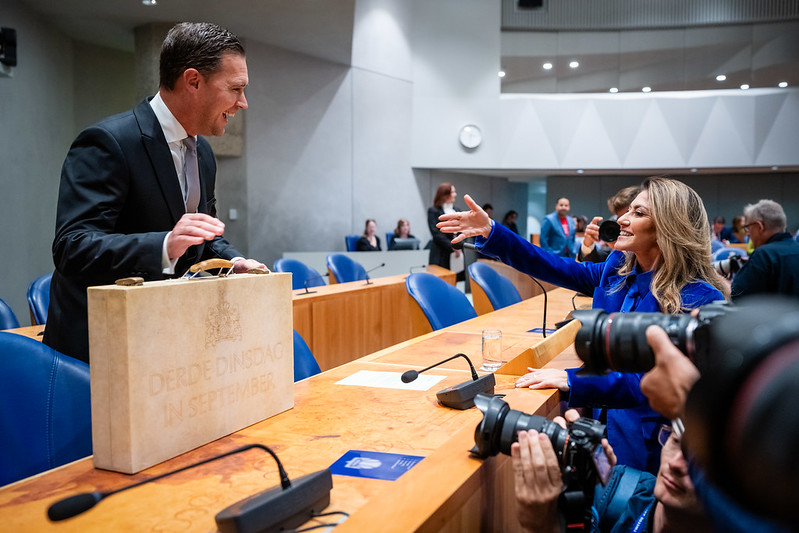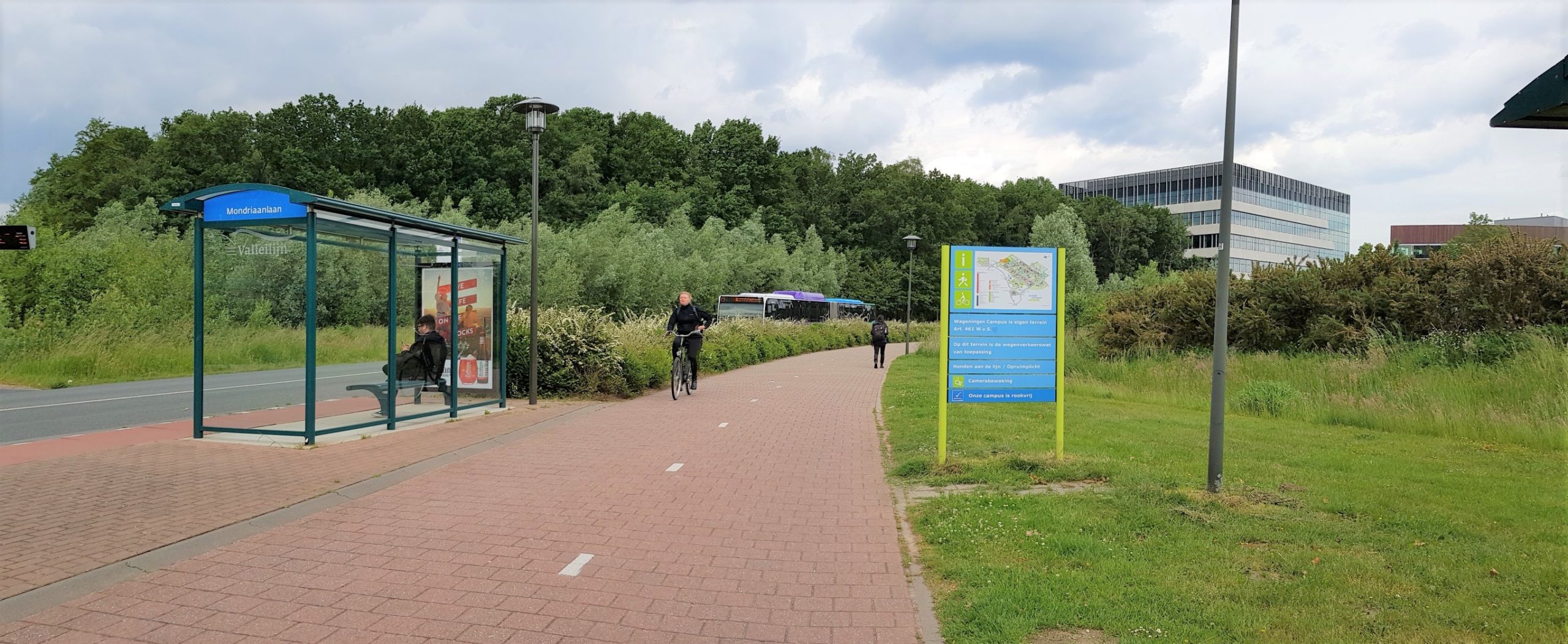The fish of the guppy family are all viviparous, but some have a placenta and some do not. Henri van Kruistum compared the DNA of the different species to find the genes responsible for the evolution of the organ.
The guppy family (Poecillidae) is viviparous and there is also an enormous variation in the way embryos develop in these fish. Some species have large individual eggs in the womb, each with its own food supply, cut off from the outside world. Others have small eggs that are fed as they develop, and that requires a placenta. Henri van Kruistum (Breeding and Genetics & Experimental Zoology) obtained his doctorate with research on the development of the placenta in the evolution of these fish.
Parallel evolution
Van Kruistum compared the DNA codes of 26 fish species and looked at how much certain genes had changed. A large number of mutations is a sign of rapid evolution in that gene. He was surprised how clear the results were. ‘The fish are all largely the same, except for the placenta.’ The fish with a placenta displayed accelerated evolution in certain genes, which did not evolve as fast in fish without a placenta. The genes in question mainly coded for proteins that transport nutrients. Van Kruistum: ‘These are probably needed to feed the embryos from the placenta.’ The genes evolved in the same way in different fish species with a placenta, independently of each other. A nice example of parallel evolution.
Streamlined
If a placenta evolves independently in so many different fish species, it must offer a significant advantage. Van Kruistum: ‘One idea is that the placenta makes a fish more streamlined, because the embryos are on average smaller throughout the pregnancy than they are in a fish that has to make a large egg beforehand. Species with a placenta can therefore avoid predators better. These species seem to be at an advantage in habitats with many predators or a strong current. Without these factors, no placenta evolves.’
Van Kruistum’s research is fundamental, aiming primarily at understanding the development of a complex organ of this kind. ‘In the distant future, you might be able to use that knowledge to intervene in cases where that process goes wrong, and to develop medicines.’

 Guppies: a female on the left, a male on the right. Photo Shutterstock
Guppies: a female on the left, a male on the right. Photo Shutterstock 

